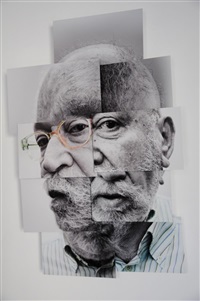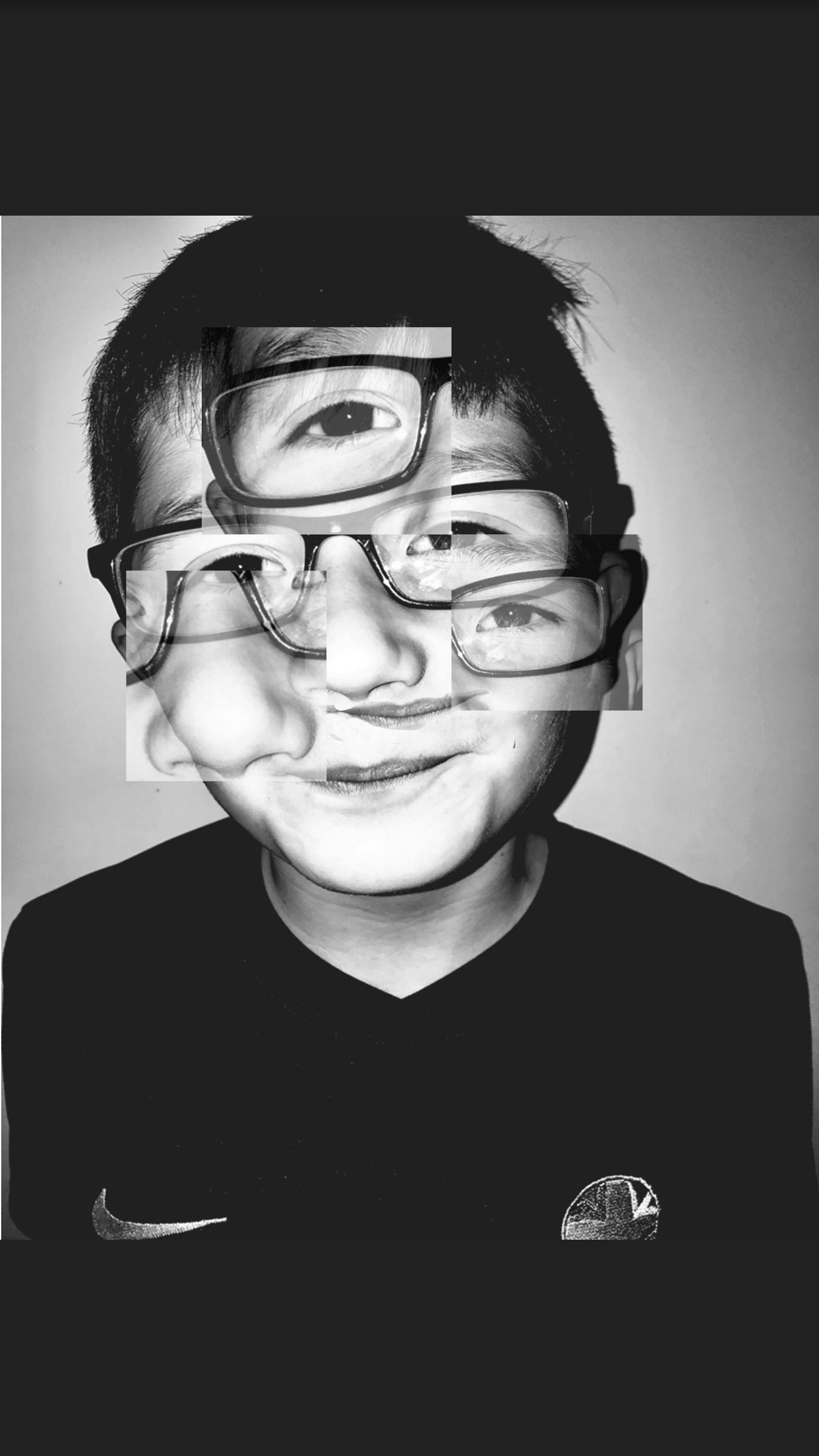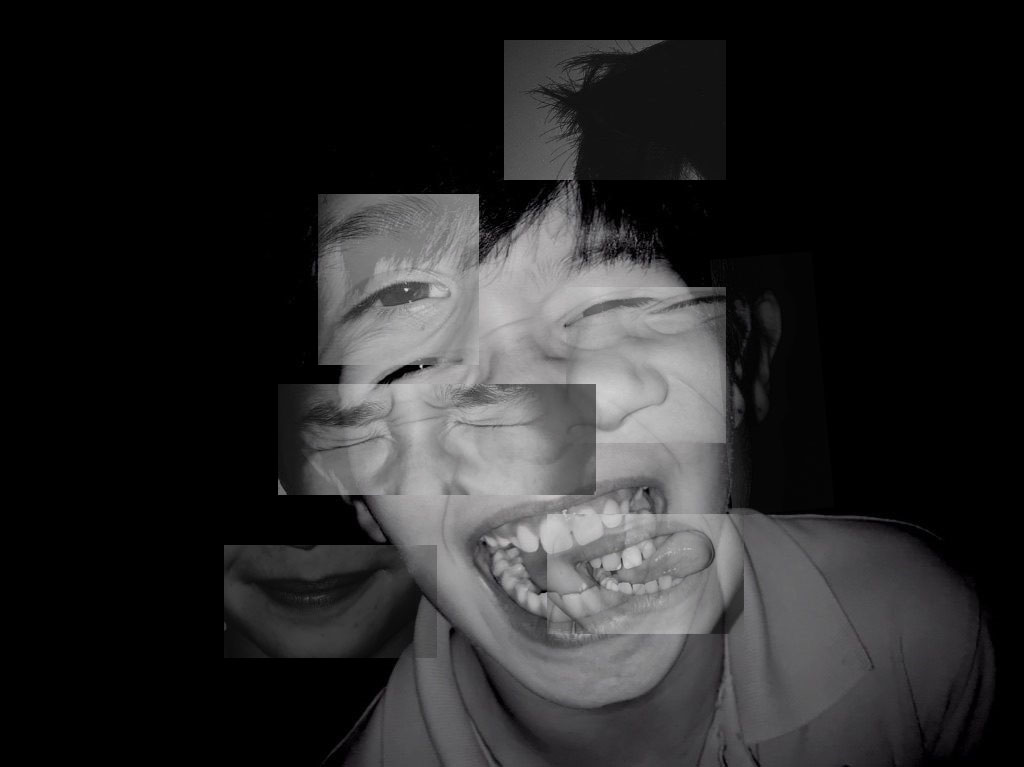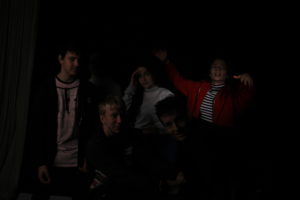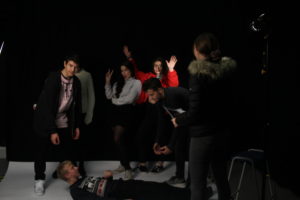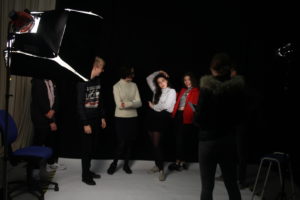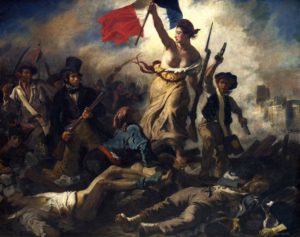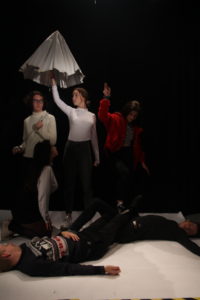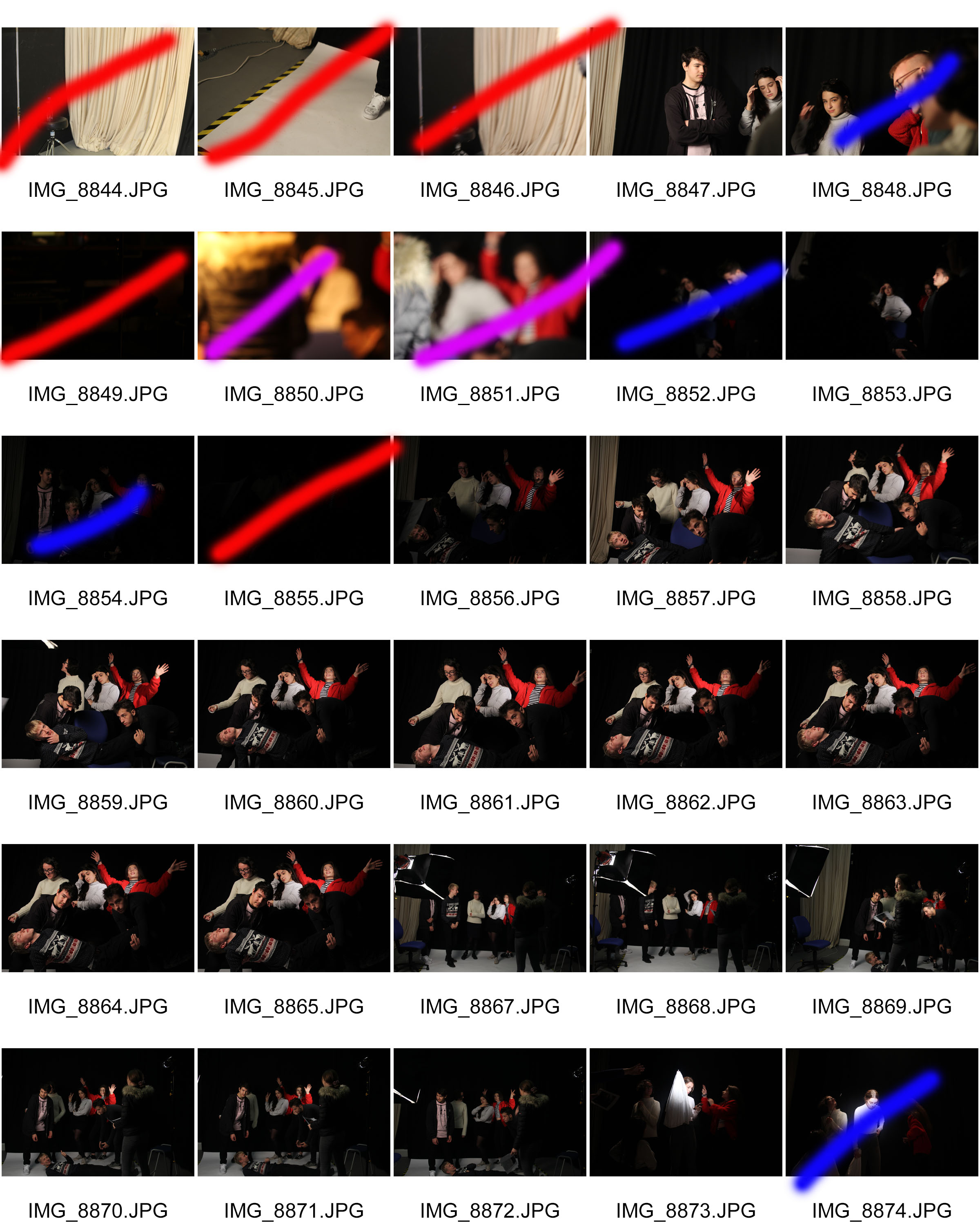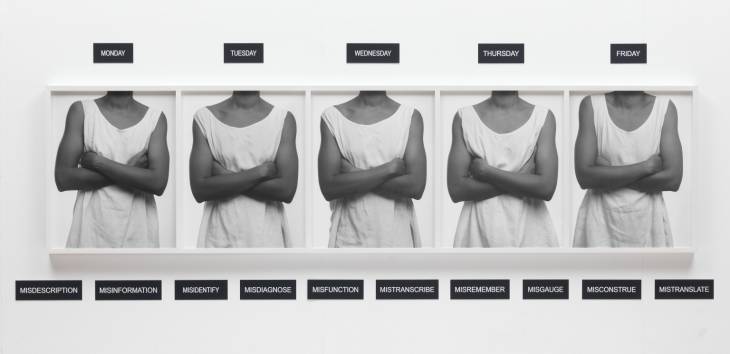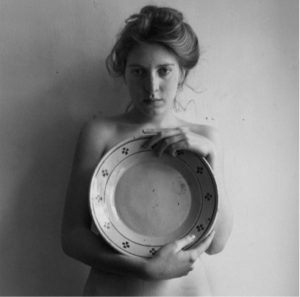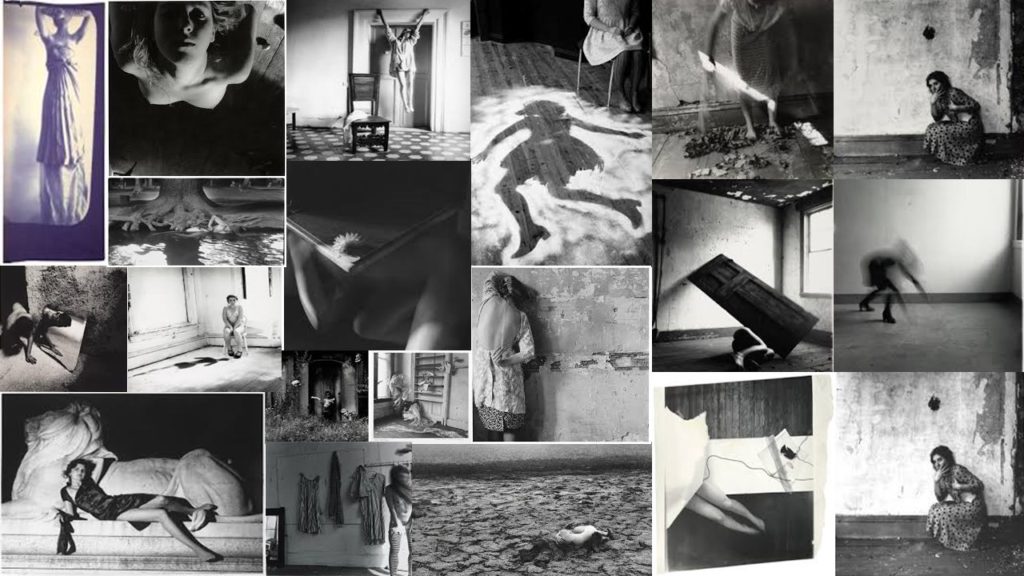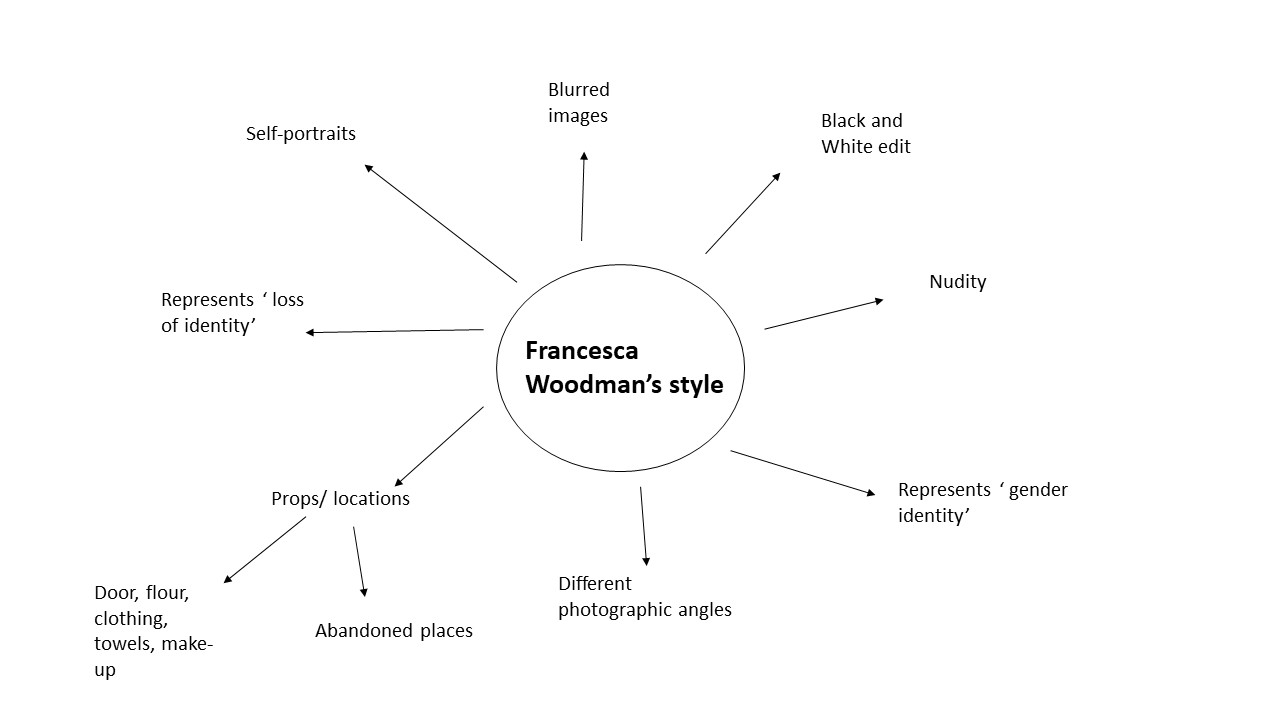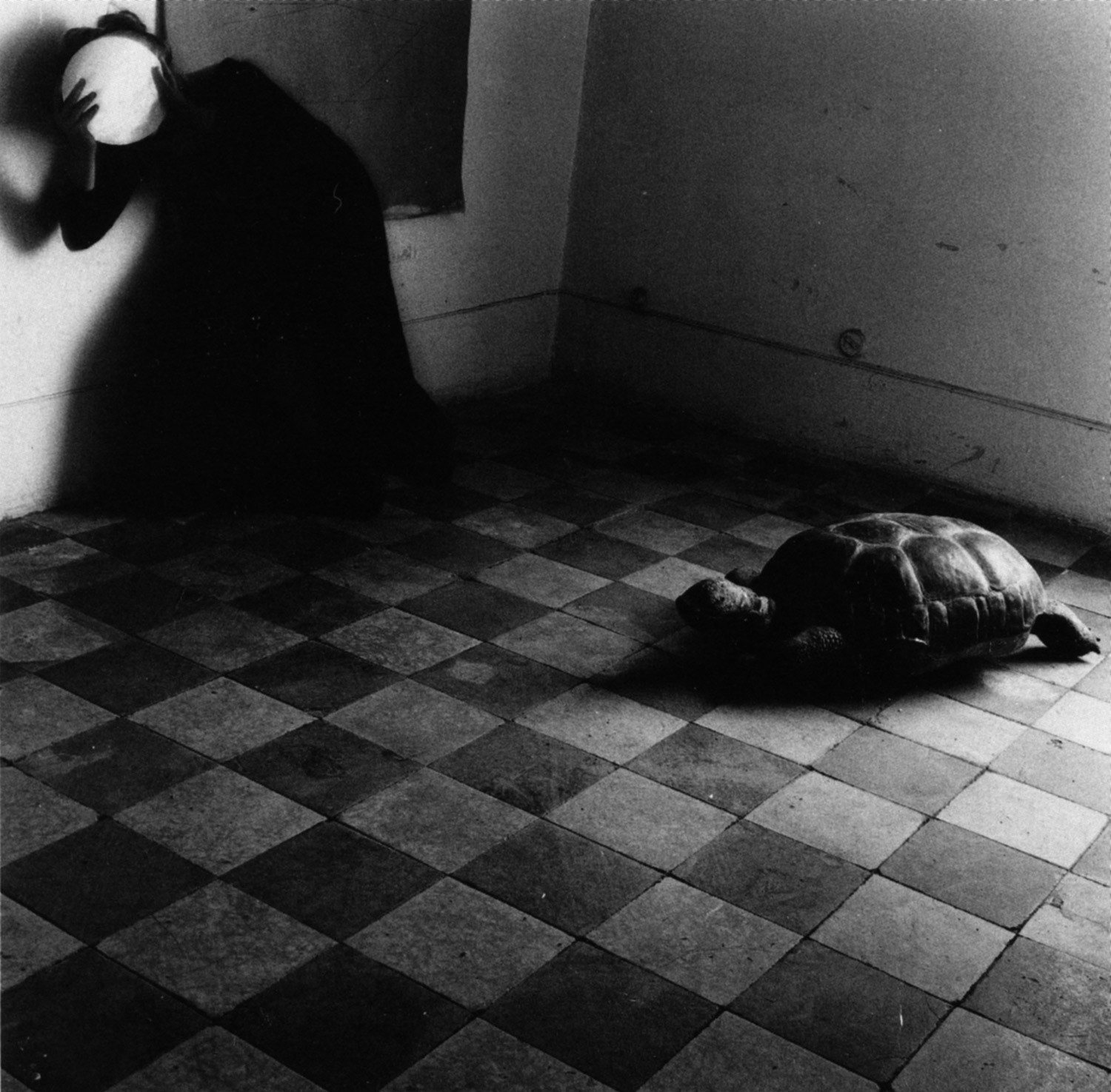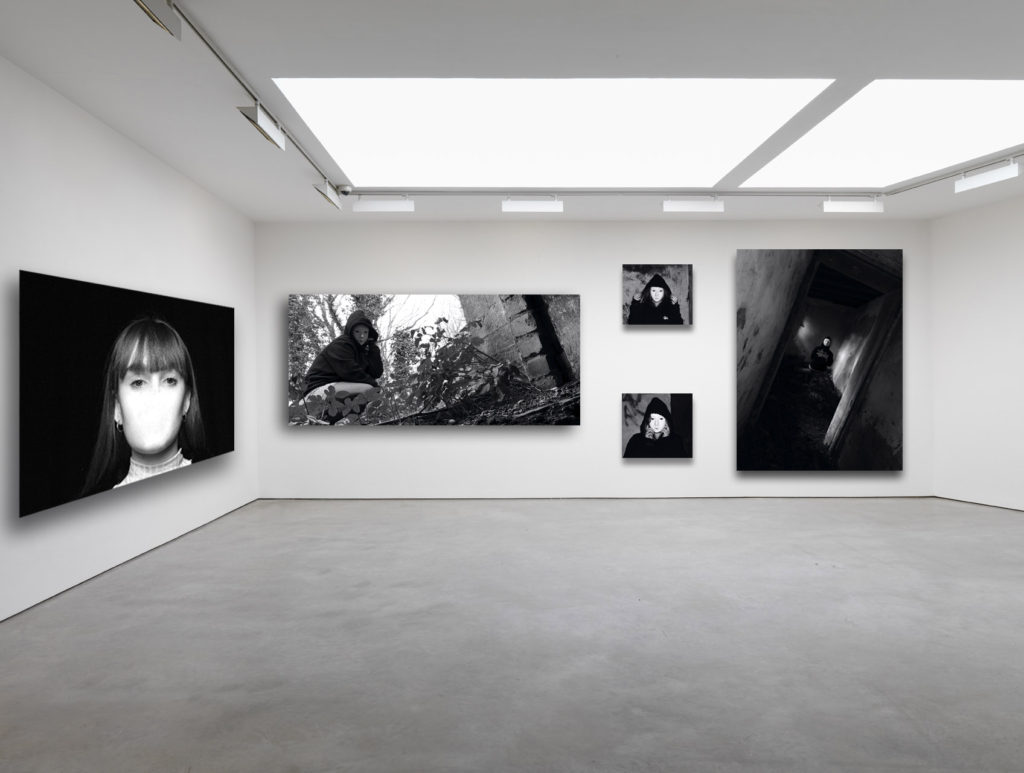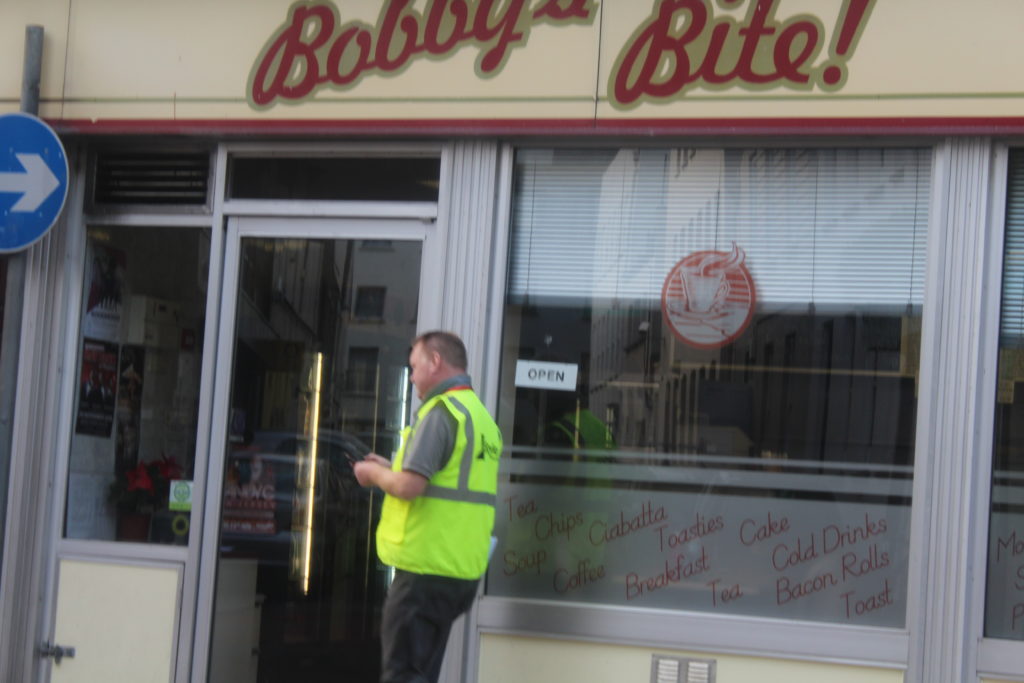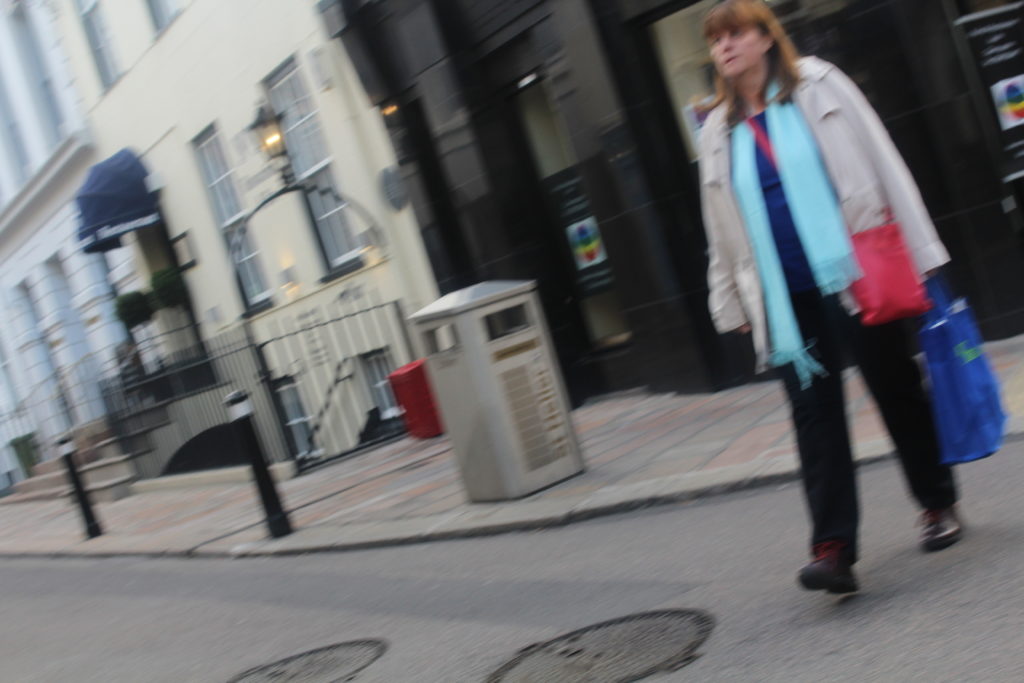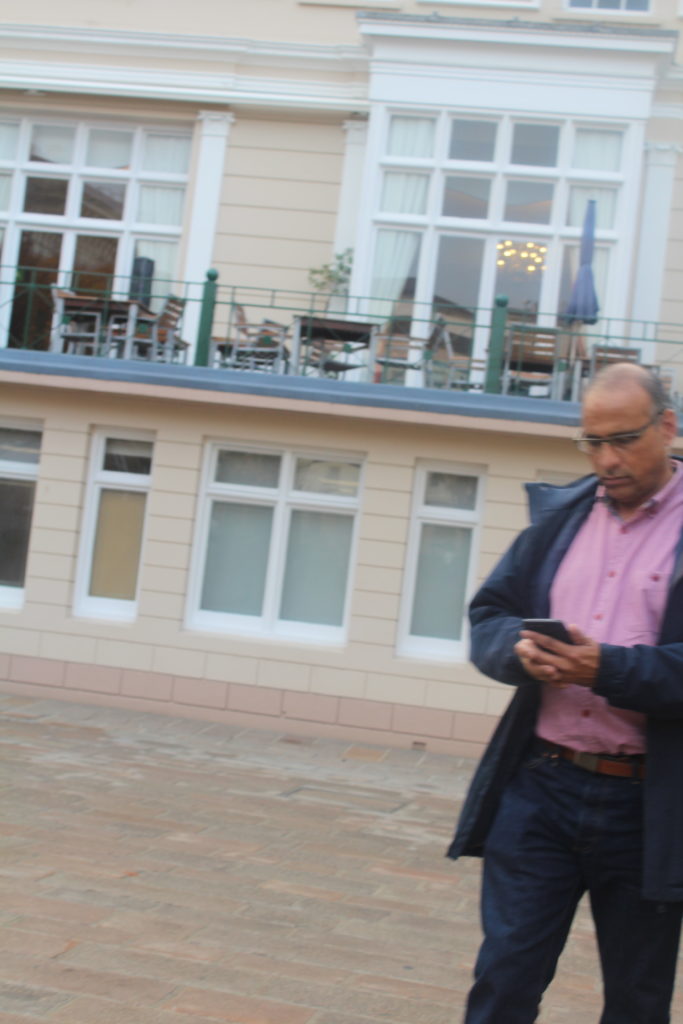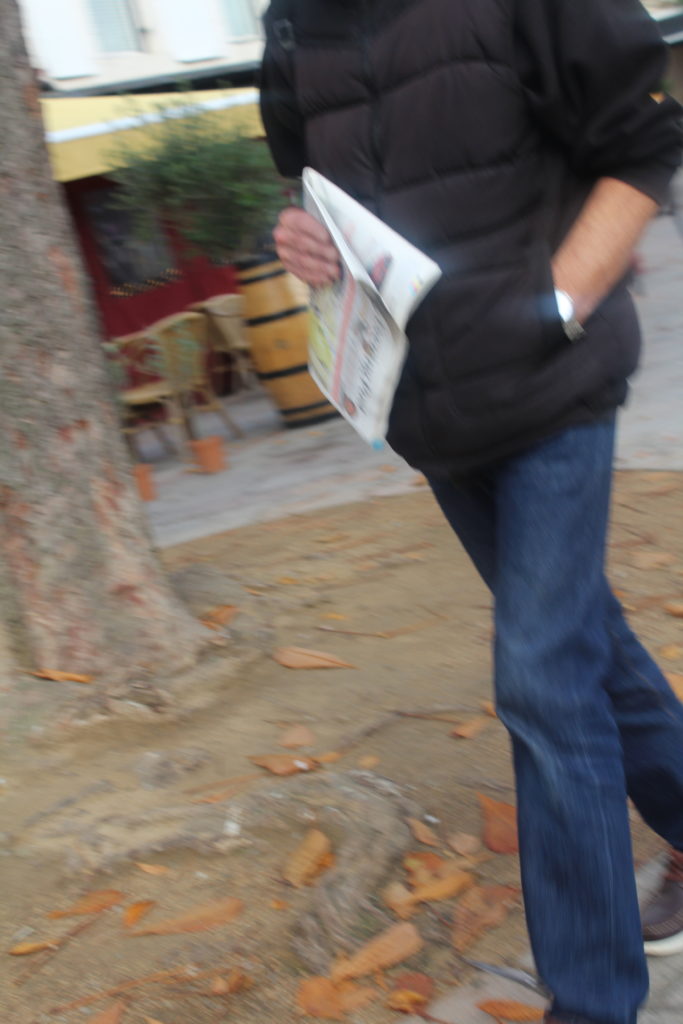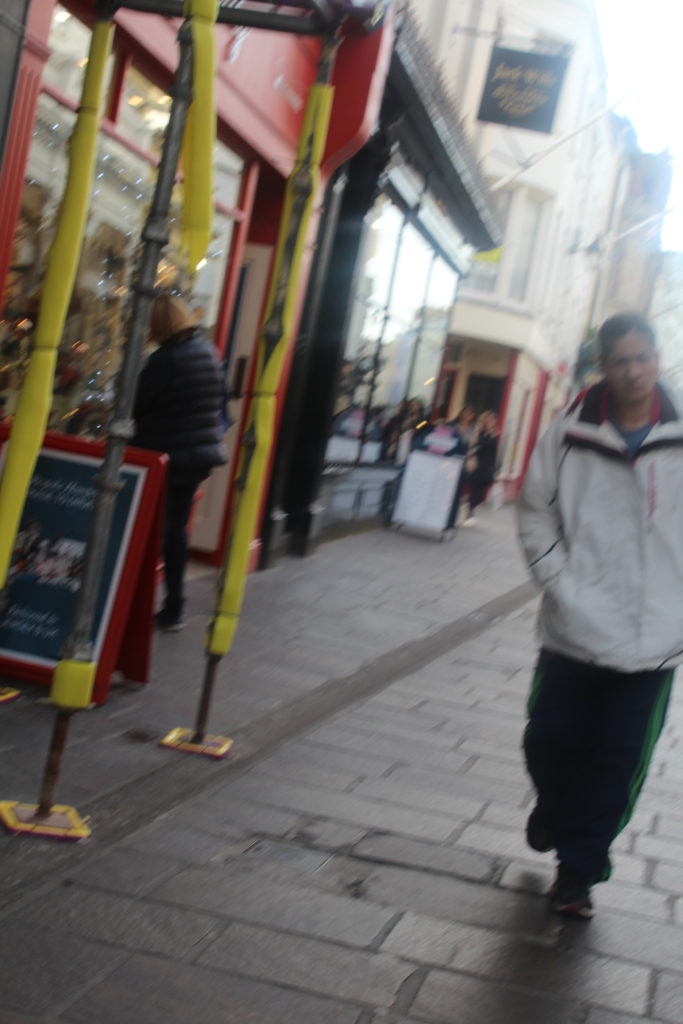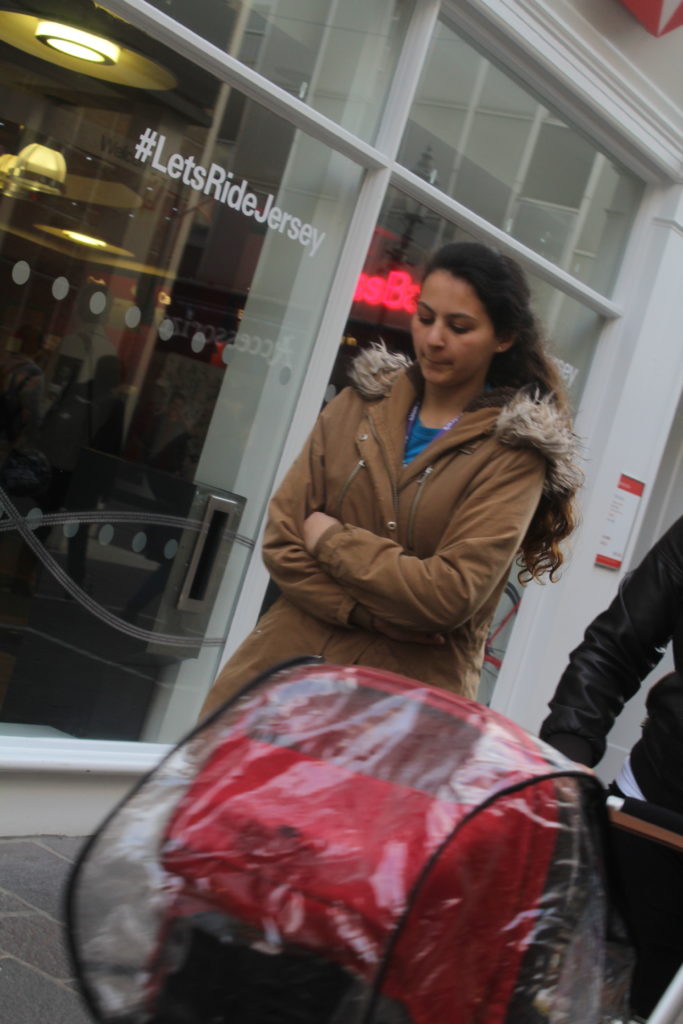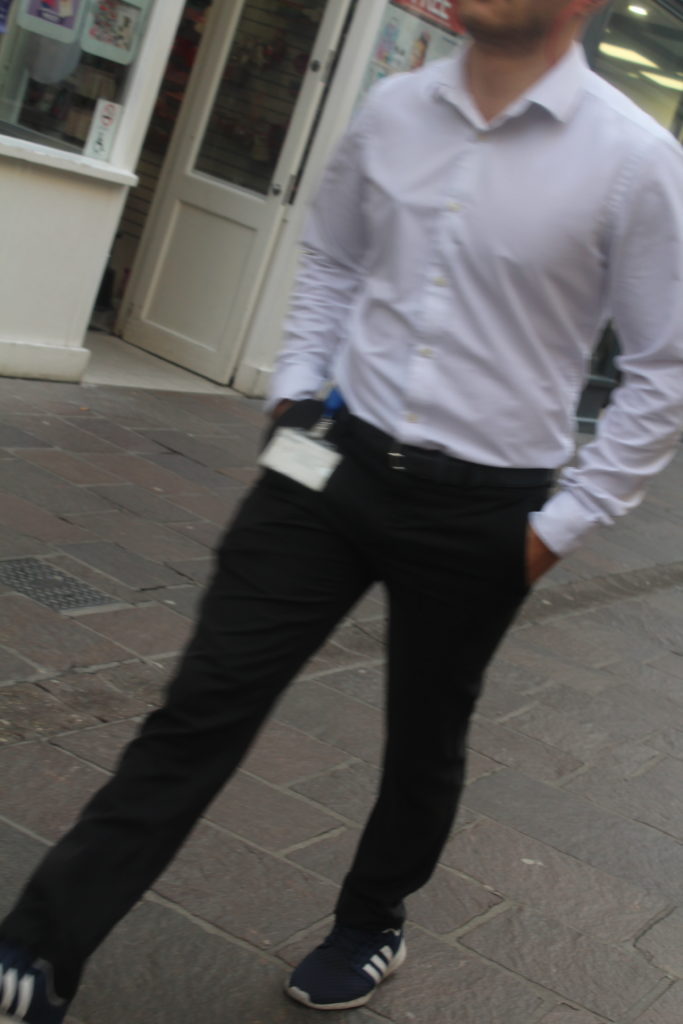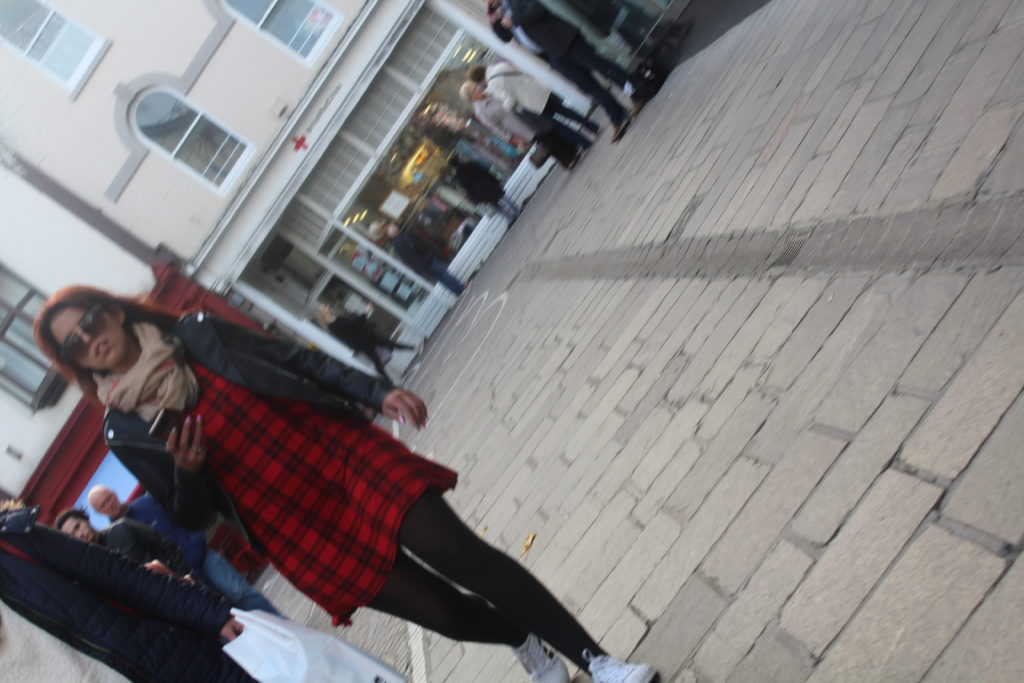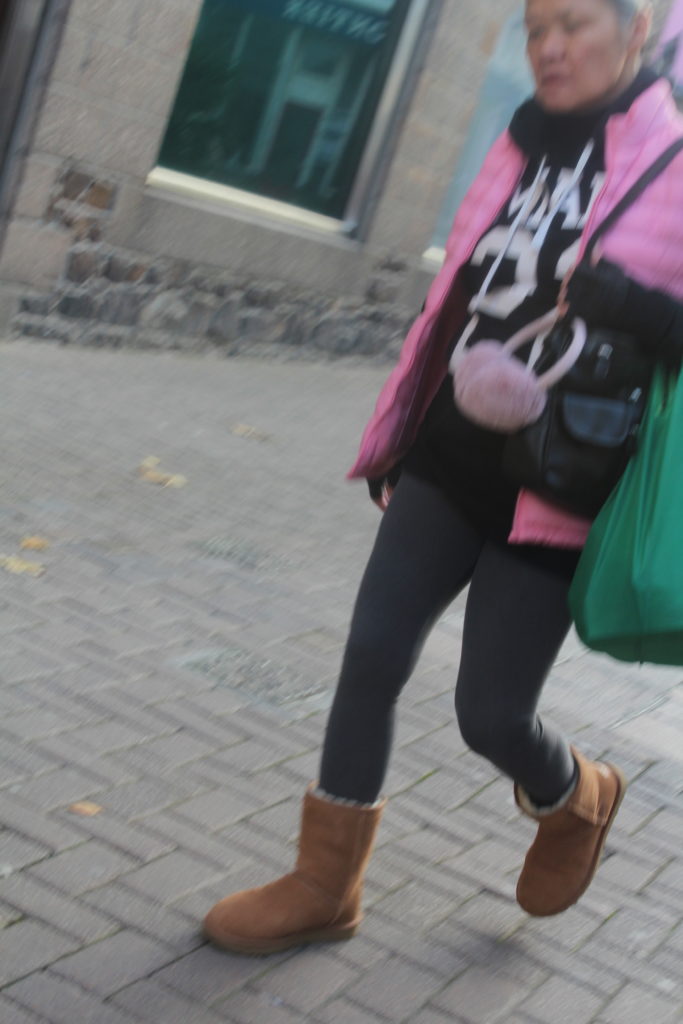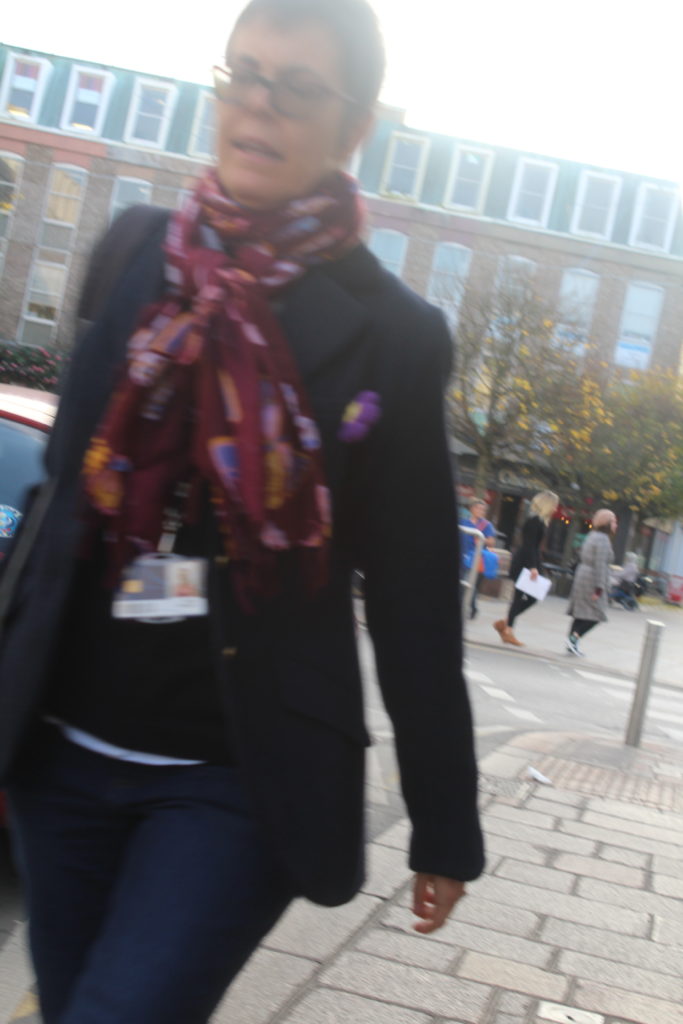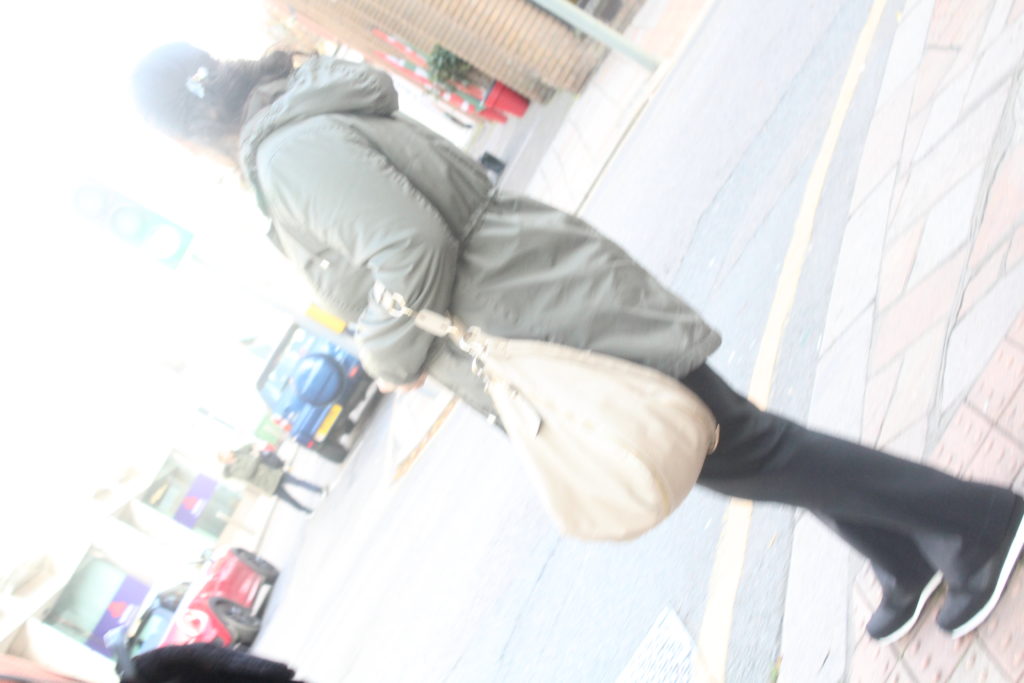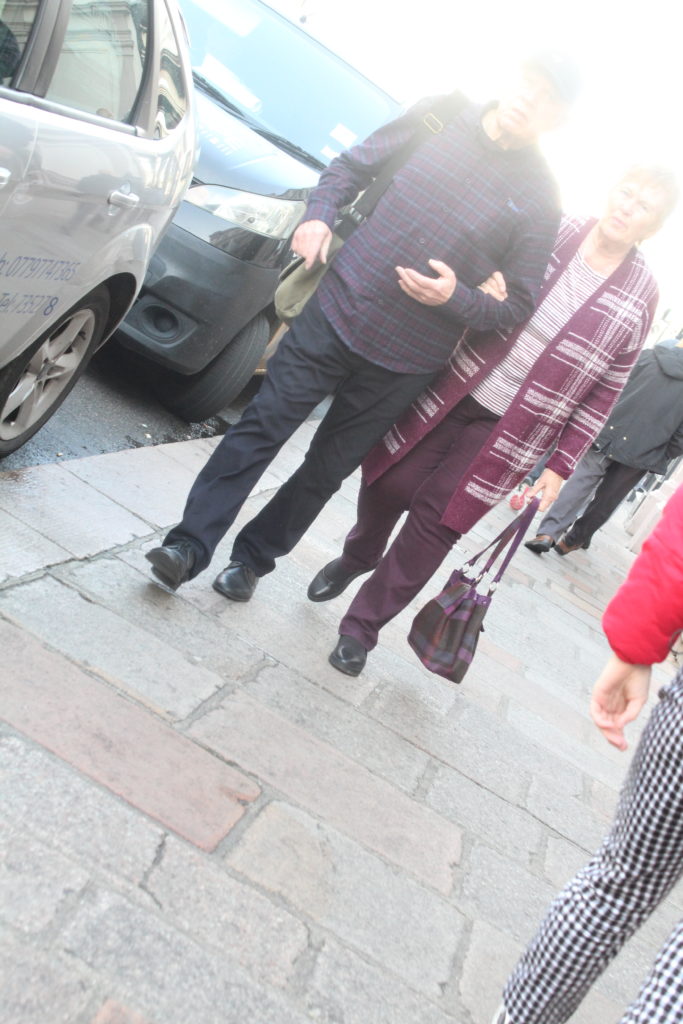Identity
The definition of identity is who you are, the way you think about yourself, the way you are viewed by the world and the characteristics that define you. An example of identity is a person’s name. Some forms of a person’s Identity could be: the environment they have been brought up in, their gender, and their culture. Some people may also experience a lack of identity and are struggling to “find themselves”.
How Environment Affects Identity
Our environment and surroundings have a large effect on our identity, as we often try to observe what is taking place and imitate it. A person’s environment strongly influences the way they think and act because it influences what they are exposed to and the opportunities they have. For example: if a person is raised by parents who do not have a formal education, they may grow up to believe that education is not important. They could be influenced by their parents to think that leaving school and getting a job is normal. This would affect their attitude towards education, making them appear unmotivated. If they did end up leaving school, this would influence the decisions they are able to make and the opportunities they would have in the later life.
How Gender Affects Identity
Gender identity is defined as a personal conception of oneself as male or female (or sometimes, both or neither). This concept is intimately related to the concept of gender role, which is defined as the outward suggestions of personality that reflect the gender identity. Gender identity, in nearly all instances, is self-identified, as a result of a combination of different factors such as environmental factors. Gender role, on the other hand, is manifested within society by observable factors such as behavior and appearance. For example, if a person considers himself a male and is most comfortable referring to his personal gender in masculine terms, then his gender identity is male. However, his gender role is male only if he demonstrates typically male characteristics in behavior, dress, and/or mannerisms.
In a person’s adolescent years the influential factors of sexuality, personality traits or disorders, peer interaction, and anxieties are most important in gender development. The gender identity, fostered from infancy to childhood by parents, is first strengthened by playmates, schoolmates, and others. It is usually enhanced by the development in puberty of a child who progresses into adolescence. Although many believe that gender identity is fixed in early childhood, it is more certain that, by late adolescence and early adulthood, an established gender identity is in place.
How Culture Affects Identity
Everyone has a cultural identity. Knowing where you come from can give you a sense of belonging and a sense of self. Culture is all the things that make up a certain way of life or living. That includes all the beliefs and values, language, customs, style of dress, food, song, and stories that belong to a group of people. A person’s cultural identity comes from the way they take certain aspects of each of the cultures they belong to and use them to shape and define who they are.
A strong cultural identity is important to a child’s mental health and well-being. As they are growing, having a strong sense of their own cultural history and traditions helps young people build a positive cultural identity for themselves, gives them a sense of belonging and self-esteem and supports their overall well-being.
Young people often find it hard to make sense of their cultural identity. They might have a mixed background or be living in a society where the main culture is different to their own. They might feel for a while like they don’t fit in anywhere and might resent or reject certain parts of their cultures in an effort to feel more accepted by others.
Lack or Loss of Identity
Developing a sense of self or an identity is an essential part of every individual developing and becoming mature. Identity or parts of identity may be classified by any number of things such as religion, gender, or ethnicity. Some traits, such as race, are chosen at birth. Some traits may be modified later in life such as language(s) spoken or religious preferences. Struggling with various parts of identity is natural and normal. Developing an identity or sense of self and those traits a person desires to have can take time and may be challenging. Not having a strong sense of self or struggling with identity issues may lead to anxiety and insecurity.
Sources:
https://www.weeklystandard.com/reuel-marc-gerecht/a-muslim-identity-crisishttps://www.quora.com/What-are-the-possible-causes-and-consequences-of-a-lack-of-…https://emedicine.medscape.com/article/917990-overviewhttps://www.kidsmatter.edu.au/health-and…/cultural-identity-matters-children’s-wellbein…www.commonground.org.nz/common-issues/identity/cultural-identity/
